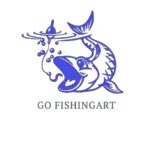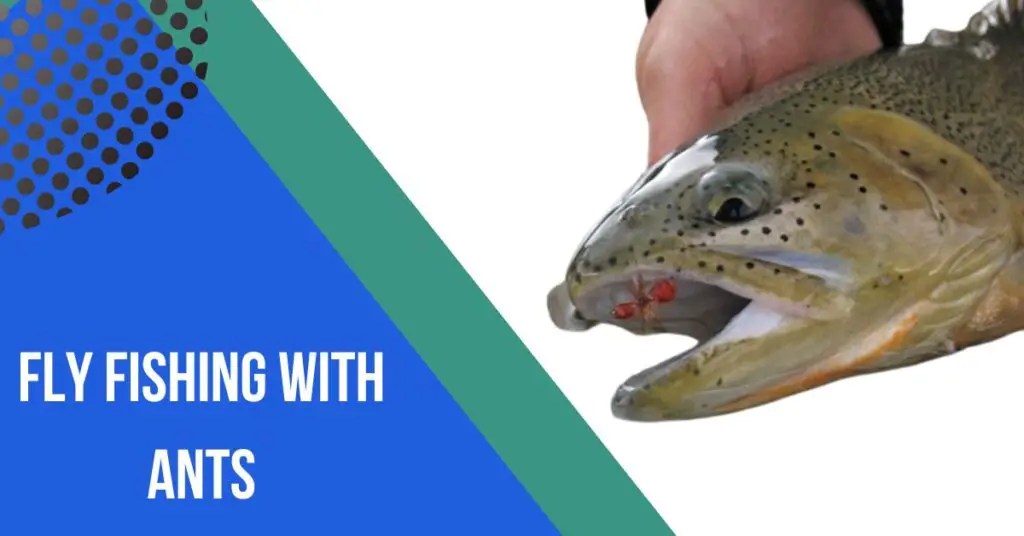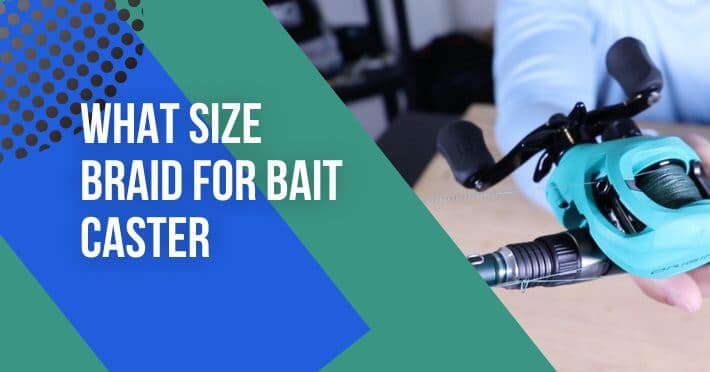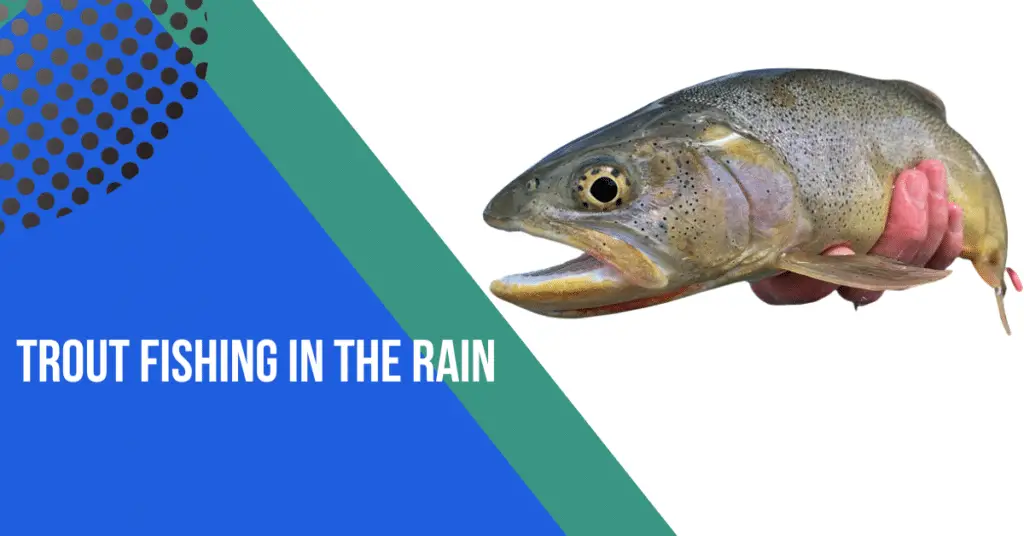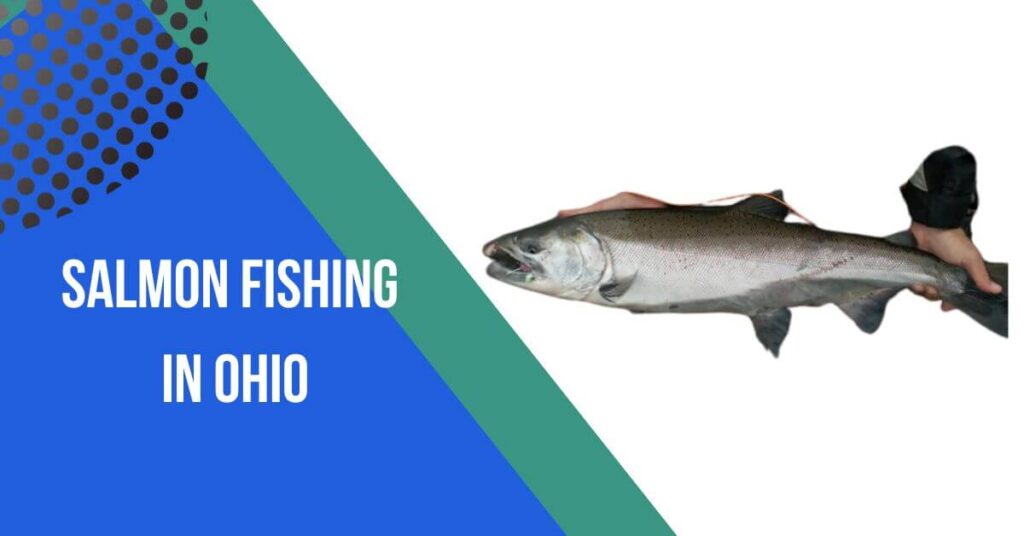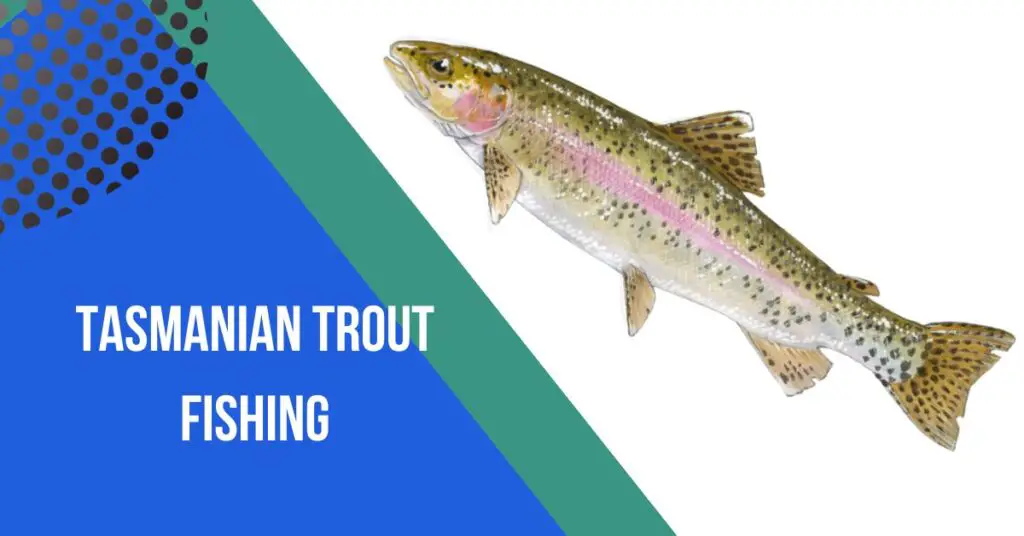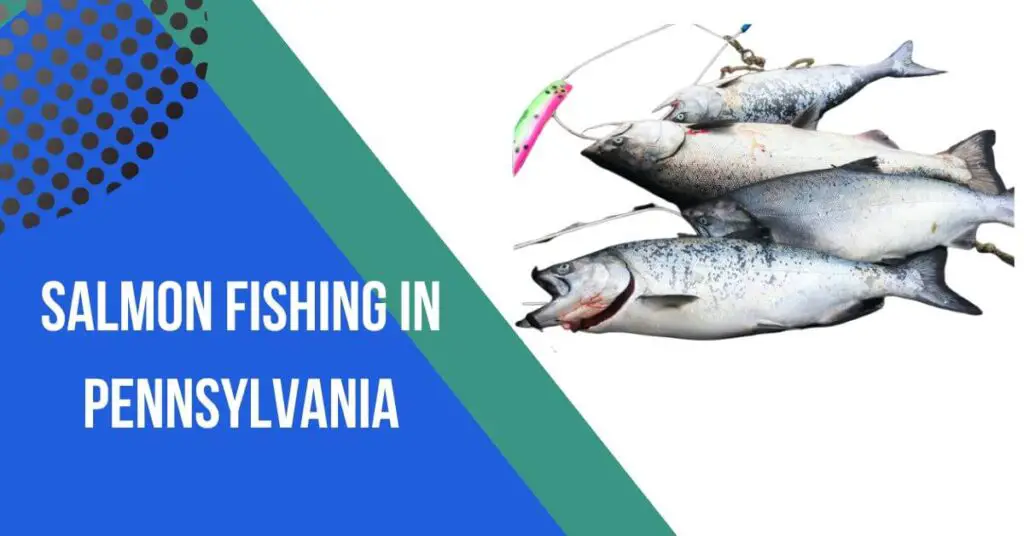Contents
- 1 Fly Fishing With Ants:
- 2 Lifelike Qualities And Movements:
- 3 Fishing Technique:
- 4 Importance Of Precise Casting:
- 5 Targeted Species:
- 6 Conclusion:
- 7 FAQs:
- 8 Q: What makes ants an effective choice for fly fishing?
- 9 Q: Which fish species are commonly targeted with ant patterns?
- 10 Q: What distinguishes a successful ant pattern in fly fishing?
- 11 Q: How important is precise casting in fly fishing with ants?
- 12 Q: When is the best time to use ant patterns?
- 13 Q: What gear is recommended for fly fishing with ants?
- 14 Q: Are there specific water conditions ideal for ant fishing?
- 15 Q: How can anglers improve their success with ant patterns?
Fly fishing with ants is a captivating and effective technique that adds a unique twist to traditional fly fishing. Ants naturally fall into the water, attracting hungry fish, especially during the warmer months.
Anglers use artificial ant patterns tied to a fly rod to mimic this. The subtle presentation and lifelike movements of ant imitations make them irresistible to trout and other species.
Fishing with ants requires patience and precise casting, as the goal is to replicate the natural drift of ants on the water’s surface.
It’s a rewarding approach for those seeking a different and exciting experience in fly fishing.
Fly Fishing With Ants:
Fly fishing with ants is a captivating technique that involves using artificial ant patterns as fly bait to attract fish. Ants naturally fall into the water, making them a tempting and readily available food source for fish, especially during warmer months.
Anglers replicate this natural occurrence by tying realistic ant imitations to fly rods. The subtle presentation and lifelike movements of these artificial ants make them irresistible to fish, particularly trout.
Successful ant fishing requires patience, precise casting, and an understanding of fish behavior, making it a unique and rewarding approach for fly anglers seeking a different experience on the water.
Lifelike Qualities And Movements:
The success of fly fishing with ants hinges on the ability of artificial ant patterns to exhibit lifelike qualities and movements. These qualities are crucial for attracting and enticing fish.
Here are key aspects:
Realistic Imitation: Ant patterns should closely resemble actual ants in terms of size, color, and body structure. Realism is essential for convincing fish that the artificial ant is a genuine food source.
Natural Drift: Mimicking the natural drift of ants on the water’s surface is vital. The artificial ant should move with the current in a way that mirrors the behavior of real ants, creating a presentation that appears authentic to feeding fish.
Subtle Movement: Ants don’t typically exhibit rapid or flashy movements on the water. The artificial ones should have subtle and deliberate movements, avoiding exaggerated actions. A gentle and natural drift is more likely to attract fish without triggering suspicion.
Buoyancy: Many ant patterns are tied with materials that provide buoyancy, allowing them to stay afloat on the surface. This buoyancy enhances the lifelike quality of the artificial ant, imitating the natural behavior of ants floating on the water.
Realistic Leg Action: Ant patterns often incorporate features that imitate the legs of real ants. The way these legs move in the water can be a significant factor in attracting fish. Natural leg-like movements enhance the overall realism of the fly.
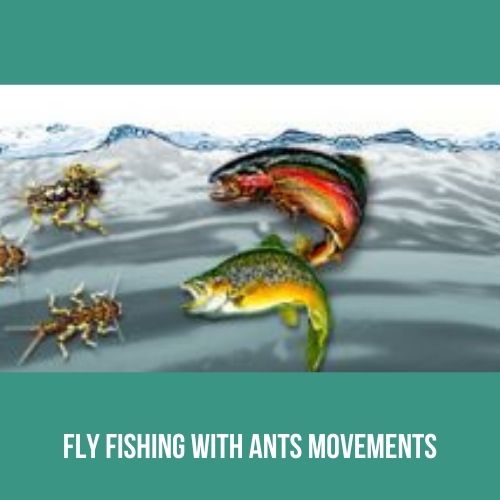
By paying careful attention to these lifelike qualities and movements, fly anglers increase their chances of fooling fish into striking at the artificial ant, creating a more immersive and successful fly fishing experience.
Fishing Technique:
Fly fishing with ants requires a specialized technique to effectively present the artificial ant pattern and entice fish. Here are key aspects of the fishing technique:
Subtle Presentation: Ants on the water’s surface exhibit subtle movements, and replicating this is essential. Cast the artificial ant gently to avoid splashy landings, allowing it to settle delicately on the water. A soft touch ensures a natural presentation that won’t startle fish.
Accurate Casting: Precision in casting is crucial. Aim for specific targets, such as likely holding areas for fish. The goal is to present the ant in a way that mimics its natural drift and entices fish to strike. Practice accuracy in casting to improve your chances of success.
Dead Drift: Dead drift is a common technique used in ant fishing. Allow the artificial ant to drift naturally with the current, imitating the behavior of real ants on the water. Minimize unnecessary movement in the fly, letting it move naturally to attract fish.
Observation: Pay close attention to fish behavior. Look for subtle rises, swirls, or any indication of fish feeding on the surface. Observing the water and fish will help you understand the timing and location for presenting the ant pattern effectively.
Minimal Retrieval: Unlike some fly fishing techniques that involve active retrieval, ant patterns often benefit from minimal movement. Allow the ant to drift naturally, and only provide slight twitches or subtle movements to imitate the occasional struggles of a real ant.
Patience: Patience is a virtue in ant fishing. Fish may take their time inspecting the ant before deciding to strike. Resist the urge to retrieve too quickly, and give the fish ample time to make a move.
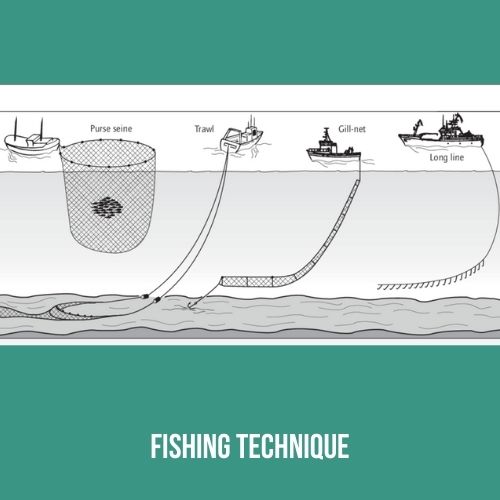
By combining a subtle presentation, accurate casting, dead drift, keen observation, minimal retrieval, and patience, fly anglers can master the technique of fishing with ants and increase their chances of enticing fish to strike at the artificial patterns.
Importance Of Precise Casting:
Precise casting is crucial in fly fishing with ants for several reasons, all of which contribute to the success of presenting the artificial ant to the fish effectively:
Mimicking Natural Drift: Ants naturally fall onto the water surface and drift with the current. Precise casting allows the angler to place the artificial ant in a specific location, initiating a drift that closely mimics the natural behavior of ants. Accurate casting helps create a lifelike presentation that is more likely to attract fish.
Targeting Specific Areas: Fish often congregate in specific areas such as feeding lanes, eddies, or under overhanging vegetation. Precise casting enables the angler to deliver the ant pattern accurately to these targeted zones, increasing the chances of enticing fish that are actively feeding.
Avoiding Spooking Fish: A precise cast reduces the likelihood of spooking fish. A subtle and accurate presentation minimizes disturbances in the water, preventing fish from becoming alarmed by the entry of the artificial ant. This is particularly important in clear or shallow water where fish may be easily startled.
Working Around Obstacles: Fishing with ants often involves navigating obstacles such as rocks, branches, or other structures. Precise casting allows the angler to place the ant pattern near these features without getting tangled. This skill is essential for reaching fish in challenging or confined environments.
Fine-Tuning Drift Control: Achieving a natural drift requires the angler to have control over the line and fly. Precise casting enables the angler to manage the line’s placement and control the drift, ensuring that the artificial ant moves convincingly with the current.
Increasing Strike Zone: By accurately placing the ant pattern near the target area, the angler expands the strike zone—the zone within which a fish is likely to strike. Precision in casting maximizes the chances of presenting the fly where fish are actively looking for food.
In summary, precise casting in fly fishing with ants is essential for imitating natural drift, targeting specific fish-holding areas, minimizing disturbances, navigating obstacles, fine-tuning drift control, and expanding the strike zone.
Mastering this skill significantly enhances the angler’s ability to entice fish with the lifelike presentation of artificial ants.
Targeted Species:
Fly fishing with ants can be particularly effective for targeting various species of fish, with a focus on those that are known to feed on terrestrial insects, including ants. The primary target species often include:
Trout: Trout are well-known for their willingness to feed on ants, especially during the warmer months.
Brown trout, rainbow trout, and brook trout are commonly found in rivers and streams where ant patterns can be successful.
Panfish: Species such as bluegill, sunfish, and crappie are opportunistic feeders and readily consume ants. These fish are often found in still waters like ponds and lakes, where floating ant patterns can attract their attention.
Bass: Both largemouth and smallmouth bass are known to target ants, particularly when these insects fall onto the water. Bass fishing with ant patterns can be effective in various water bodies, including lakes, ponds, and slow-moving rivers.
Grayling: In regions where grayling is present, these fish can also be enticed by ant imitations. Grayling, with their voracious appetite for surface insects, may eagerly take a well-presented artificial ant.
Panfish: Various species of panfish, including crappie, bluegill, and pumpkinseed, are known to feed on ants. These fish are often found in still or slow-moving waters where ants may fall from overhanging vegetation.
Carp: While carp are typically associated with bottom-feeding, they can be opportunistic and feed on insects at the water’s surface. Presenting an ant pattern to carp in the right circumstances can yield positive results.
Anglers need to adapt their approach based on the specific species they are targeting. Understanding the feeding habits, preferences, and behavior of the intended species will enhance the angler’s success when using ant patterns in fly fishing. Additionally, local conditions, such as the type of water body and prevalent insect life, play a role in determining the effectiveness of ant imitations for specific fish species.
Conclusion:
In conclusion, fly fishing with ants offers anglers a unique and rewarding approach to lure in various fish species.
The success of this technique relies on the lifelike qualities and movements of artificial ant patterns, coupled with a fishing technique that emphasizes precise casting, subtle presentation, and an understanding of fish behavior.
By targeting species such as trout, panfish, bass, grayling, and even carp, anglers can enjoy a distinct and immersive experience on the water.
Whether in rivers, streams, lakes, or ponds, the artful use of ant imitations adds a new dimension to the joy of fly fishing, making it a worthwhile pursuit for those seeking excitement and success in their angling adventures.
FAQs:
Q: What makes ants an effective choice for fly fishing?
A: Ants are a natural and abundant food source for fish, particularly during warmer months. Their frequent falls onto the water’s surface make them a tempting target, and artificial ant patterns replicate this prey, enticing various fish species.
Q: Which fish species are commonly targeted with ant patterns?
A: Trout, panfish (bluegill, sunfish, crappie), bass (largemouth and smallmouth), grayling, and even carp are often targeted with ant imitations in fly fishing.
Q: What distinguishes a successful ant pattern in fly fishing?
A: A successful ant pattern closely mimics the size, color, and movement of real ants. It should be presented with a subtle drift on the water’s surface, replicating the natural behavior of ants and enticing fish to strike.
Q: How important is precise casting in fly fishing with ants?
A: Precise casting is crucial for accurately placing the artificial and in specific locations, mimicking natural drift, avoiding spooking fish, and increasing the chances of enticing strikes. It plays a key role in the success of this fishing technique.
Q: When is the best time to use ant patterns?
A: Ant patterns are particularly effective during warmer months when ants are abundant and fall onto the water. However, they can be used year-round, and success may vary based on local conditions and fish behavior.
Q: What gear is recommended for fly fishing with ants?
A: A fly rod suitable for the targeted fish species, a matching fly line, leaders, and tippets are essential. Ant patterns are typically fished on the surface, so a floating line and a leader/tippet setup appropriate for dry fly fishing are commonly used.
Q: Are there specific water conditions ideal for ant fishing?
A: While ants can be effective in various water conditions, slow-moving or still waters, such as ponds, lakes, and calm sections of rivers or streams, provide favorable environments for presenting ant patterns.
Q: How can anglers improve their success with ant patterns?
A: Observing fish behavior, practicing accurate casting, understanding the local insect life, and being patient are key factors in improving success with ant patterns. Adapt your approach based on the specific conditions and fish species you are targeting.
